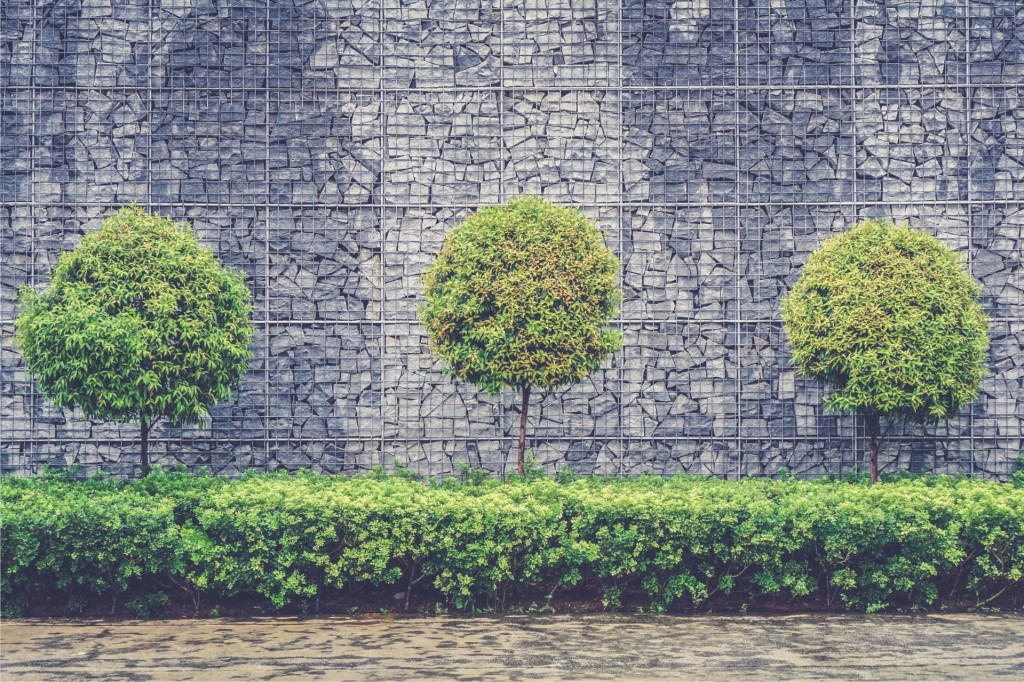Ultimate Biology,
Free Education for Everyone
(Based on CBSE Board, State University and Central University)
Any Inquiry
Landscape
Landscape, the development and decorative planting of gardens, yards, grounds, parks, and other planned green outdoor spaces. Landscape gardening is used to enhance nature and to create a natural setting for buildings, towns, and cities. It is one of the decorative arts and is allied to architecture, city planning, and Horticulture.
Landscaping refers to any activity that modifies the visible features of an area of land, including Living elements, such as flora or fauna; or what is commonly called gardening, the art and craft of growing plants with a goal of creating beauty within the landscape.
There are different types of landscape:

Mountain landscapes: We can see mountains, with narrow rivers, forests, villages and steep roads.
Flat landscapes: We can see flat land, wide rivers, farms, cities and motorways.
Coastal landscapes: We can see cliffs, the sea and tourist towns.
What is the process of landscaping?
The process of landscaping your yard can be broken down into two phases: design and construction. The designing phase consists of research, idea gathering, and planning. During this phase you, the homeowner, will work closely with a landscape designer or architect that specializes in residential design.
What is a landscape picture?
When discussing orientation or direction, a landscape refers to an image that is wider than it is tall, that is, shot in a horizontal orientation. The image below is shot in landscape orientation. It is wider than it is tall. Portrait orientation, then, refers to an image that is shot so it is taller than it is wide.

The Seven Principles of Design: The instructions and concepts
The principles of design are guidelines that can be used to help move the generalities of landscaping ideas to specifics. It involves seven traits that, when given proper consideration, will allow any design to be unified, cohesive and beautiful. These principles will also affect how the design feels, flows and works.
These principles have no specific order or hierarchy. They can each be critical or not apply at all, depending on the situation. They are general themes and easy to comprehend. Once understood and applied, their impact will vastly improve any sustainable landscape design.
Elements that do not provide improvement or impact on the design can be omitted. Prioritize what is important and what is not in order to keep the design clean, neat and uncluttered.
A simple, well-defined design is one that will be easier to maintain and increase functionality.
Shape, size and form selections should be diverse in order to create visual interest. However, do not forfeit simplicity merely to create varied combinations.
Everything that is placed in a design will carry a certain visual weight with it. Balance is the concept of ensuring the weight feels even throughout the plan.
A plan with formal balance will have both sides mirroring each other, while informal balance refers to equal but not matching. Both can work well.
Accentuating parts of the design using texture, form or colour will provide interest and lead the eye through the design, however, too much emphasis will feel chaotic.
Specimen areas are best standing alone. Accent areas are meant to stand out but within the context of a larger design. Key plants can help to deemphasize or soften architectural features.
Sequence refers to how transitions in the elements of plant size, shape and texture are used. Gradual changes of one element at a time offer a smooth, appealing sequence.
Abrupt changes from a tall plant to a short one or a fine-textured plant to a rough one do not work well.
The size of the components in a landscape is the scale and how they relate to each other in proportion. The size of your landscape and the items in it should all be balanced. A wall or tree that is significantly larger than everything else will pull the eye away from the rest of the garden.
Unity is the concept that everything works together. Interconnection is gaining unity by using connections such as paths, walkways, stairs and fences to physically link areas.
Repetition is when an aspect of the design is unifying because it occurs in several areas. Repetition can be helpful but take care not to overuse it. Dominance is when other areas appear to unify in support of a single focal point, perhaps a large tree.



